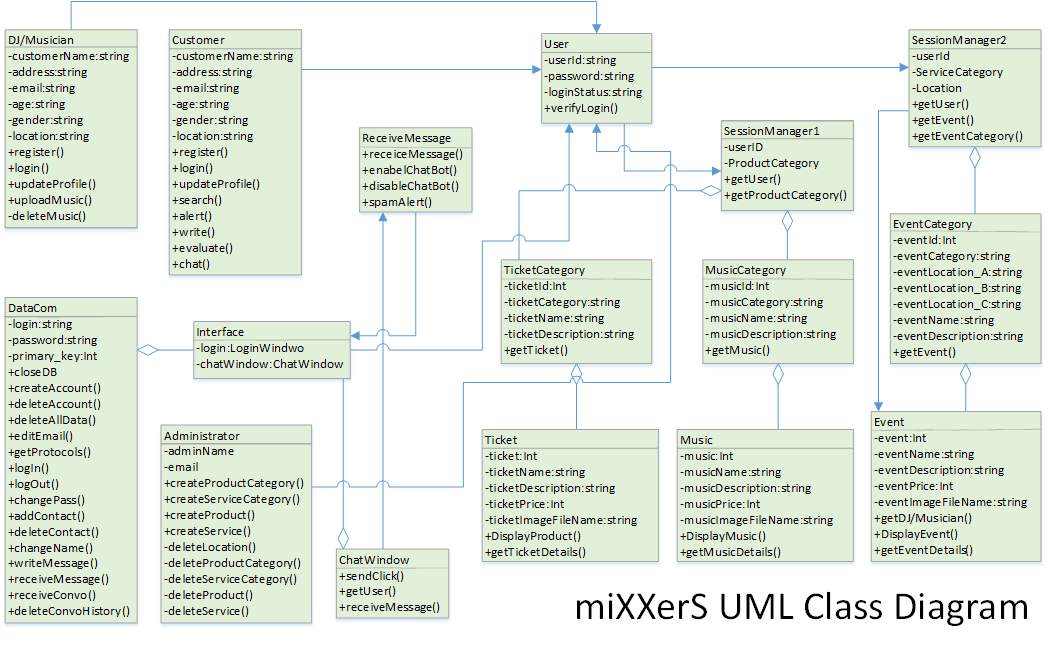Standards in particular have become frequently associated with the trend of endorsing a set of standardised best practices in recent years. Web standards are formal, non-proprietary standards and specifications that describe aspects of the web. The largest set of web standards are produced by the World Wide Web Consortium (W3C), an international industry consortium dedicated to “leading the Web to its full potential”. W3C develops a number of specifications to enhance the the interoperability of web-related products, including a number of very famous W3C standards, particularly for web design, such as HTML5, CSS3, JavaScript and DOM. It is almost certain that these standards, along with many others, would appear within the miXXerS website (many are already in use within the prototype website developed and talked about in earlier blogs).
Protocols govern the rules for data exchange within or between computers and are essential for many systems throughout the internet. Systems that communicate, do so via well-defined formats (protocol) for exchanging messages. There are a vast number of communication protocols which serve different requirements, some of which, like TCP/IP are very famous and widely used. The International Organization for Standardization (ISO) are an organisation that are very relevant within the communication protocols world. Likewise with standards, there are a number of protocols that would be used within miXXerS, particularly if it grew to be large. These protocols are even more essential as security becomes an even bigger issue than it already should be.


